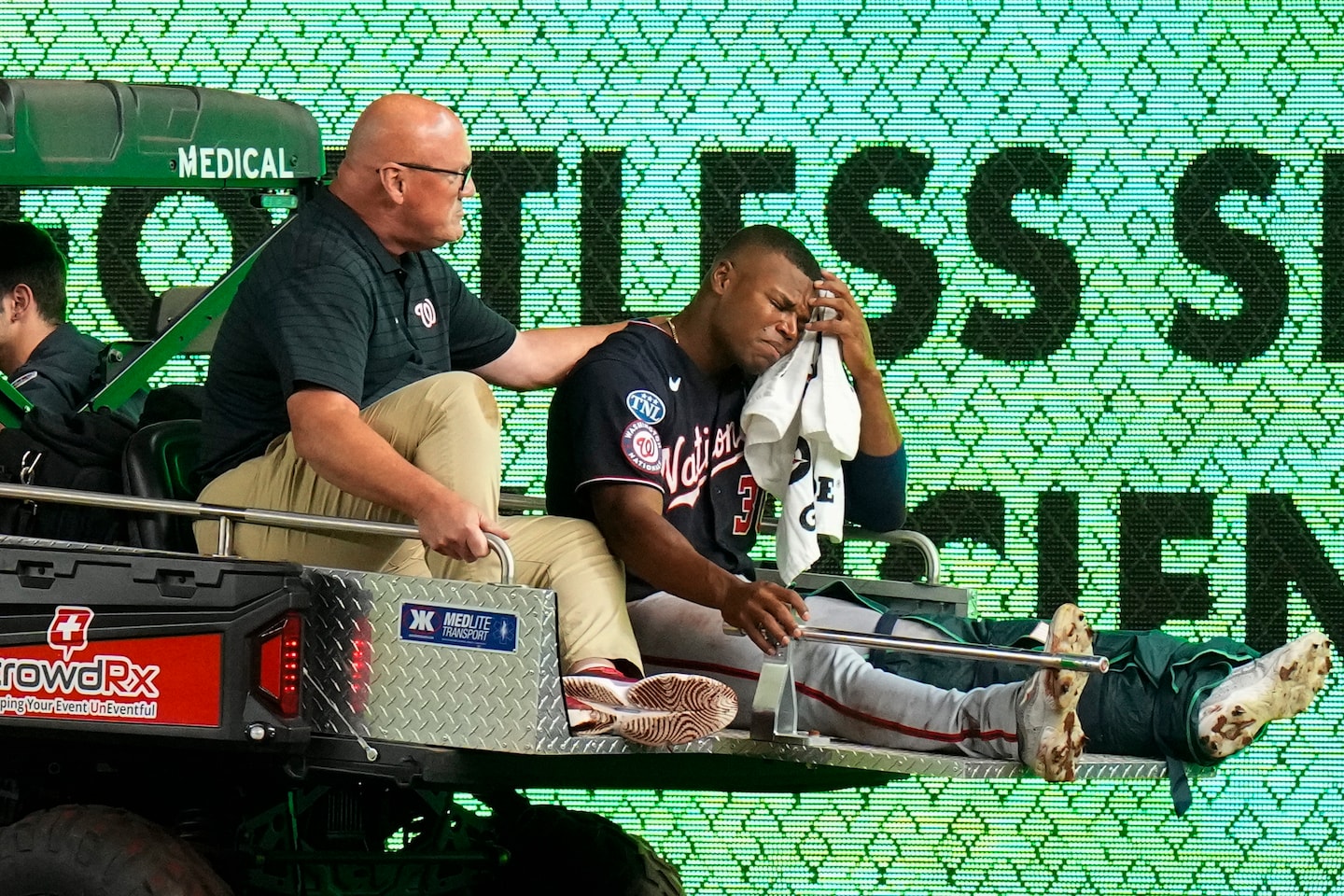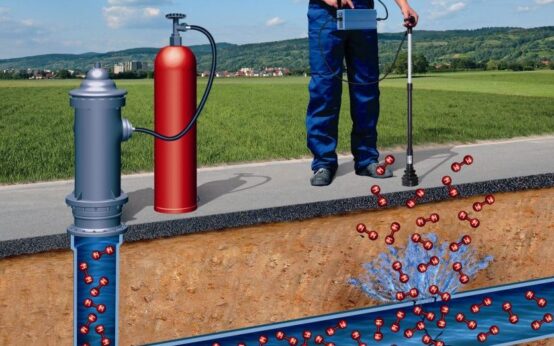This wasn’t the plan for Garrett, who broke his left fibula and his ankle during a game in August. After the injury, he opted to rehab at Nationals Park with the team’s trainers. That gave him a chance to see the city in a way he couldn’t before.
“I was planning on going back to Arizona,” Garrett said of his usual offseason home. “ … But being in D.C. hasn’t been bad. Seeing museums, seeing different neighborhoods of the city, getting the culture and the vibe, it’s been great.”
Garrett’s recovery is on track ahead of spring training, which will start in mid-February. He has been throwing and hitting since December, and he’s going through his normal offseason hitting routine now. He recently started sprinting on a treadmill with his full body weight. He’s hopeful that he can field groundballs and flyballs by the Nationals’ first full workout but will be sure not to rush back. The physical hurdles haven’t been the hardest part of Garrett’s recovery. Instead, the psychological barriers at each stage have been the greatest challenge.
“The mental part of getting done with your day, doubting yourself, like, ‘Oh, I’m never going to come back from this,’ which there were very limited days when I had that,” said Garrett, who credited the Nationals’ mental skills coach with helping him push through. “But I’d say the mental part is where you have to put most of your energy to, because the physical part for the most part is going to be, for me, pretty linear. But the mental part of, like: ‘I have to run again. Can I hit again? Can I throw again? Can I feel it again?’ And we’re getting there.”
Garrett was playing some of his best baseball in August when he leaped into the right field wall at Yankee Stadium to try to rob a home run. After hitting the warning track, he knew his leg was broken. He tried to stand up and walk but fell down again. After he was carted off the field, X-rays confirmed a fracture. A team doctor ordered a second X-ray on his ankle, which revealed another break. The shin break was expected to heal on its own, with a projected two-month recovery. But the damage to Garrett’s ankle extended the recovery to six months, putting his return right at the start of spring training.
For the Nationals, Garrett’s injury mattered on the field and off. After the game, Manager Dave Martinez called Garrett “one of our clubhouse favorites,” a sentiment his teammates echoed. Left-hander MacKenzie Gore, one of Garrett’s best friends on the team, held back tears when he discussed the injury.
In the immediate aftermath, Garrett endured some of the worst pain of his life. A few days after surgery, he went to a farmers market at Eastern Market with his mother, who had just flown into town. He felt the blood rush to his leg as he stood, and the pain increased.
He asked his mom to stay for just three days, but she insisted on buying a one-way ticket. That proved wise — suddenly the simple tasks, such as changing his clothes and taking a shower, were more strenuous. Garrett remembers falling off his scooter on trips to get groceries. Even sleeping with his leg elevated was painful.
Two weeks after surgery, Garrett’s mother left town. Three weeks after surgery, the pain subsided. Then Garrett slowly took the necessary baby steps while putting additional energy into the mental side of his rehab. He had been using a scooter to get around for most of September and October. But by November, he decided that he had had enough.
“I was like, ‘Dude, you need to start walking,’ ” he said to himself. “ ‘You’re being spoiled with the scooter; you need to start walking, putting pressure on the foot.’ So it was just one day … I was like, ‘All right, I’m not scootering from my apartment to the field.’ So I just started walking. And I was limping for sure. And there were days when I got done working out that I’d limp back.”
Garrett credited the Nationals’ medical staff for pushing him and encouraging him through stretches that felt like “Groundhog Day.”
His boot was off the weekend before Thanksgiving — he was set to attend a bachelor party in Mexico, and there was no way he would go while wearing it. He was hesitant to walk without the boot for the first time, even in a controlled environment. But his confidence grew once he did. After Thanksgiving, he started jogging on the treadmill with 50 percent body weight. Now, he is focused on rapid movements such as high knees, backpedaling and sprinting, among other exercises.
Garrett spent a long time in the minors, giving him an appreciation for his time in the big leagues. But his injury helped him reflect on the little things he once took for granted, such as walking to the ballpark. And five months after a serious injury and the uncertainty that followed, Garrett finds himself ready to compete.
“When you think about it, it feels like a decade ago that it happened,” he said. “And there’s days that just sucked, but it feels awesome. I’m grateful for trainers that have helped me get to this point. I know we got a little ways to go, but spring training is right around the corner now, and I can’t believe we’re here.”


 Best Underground Water Leak Detection Equipment 2024
Best Underground Water Leak Detection Equipment 2024  Best Backyard Ideas: Turn Your Outdoor Area Into a Creative and Calm Haven
Best Backyard Ideas: Turn Your Outdoor Area Into a Creative and Calm Haven  Babar, Rizwan are good players but not whole team, says Mohammad Hafeez
Babar, Rizwan are good players but not whole team, says Mohammad Hafeez  Pak vs NZ: Green Shirts aim to bounce back against Kiwis today
Pak vs NZ: Green Shirts aim to bounce back against Kiwis today